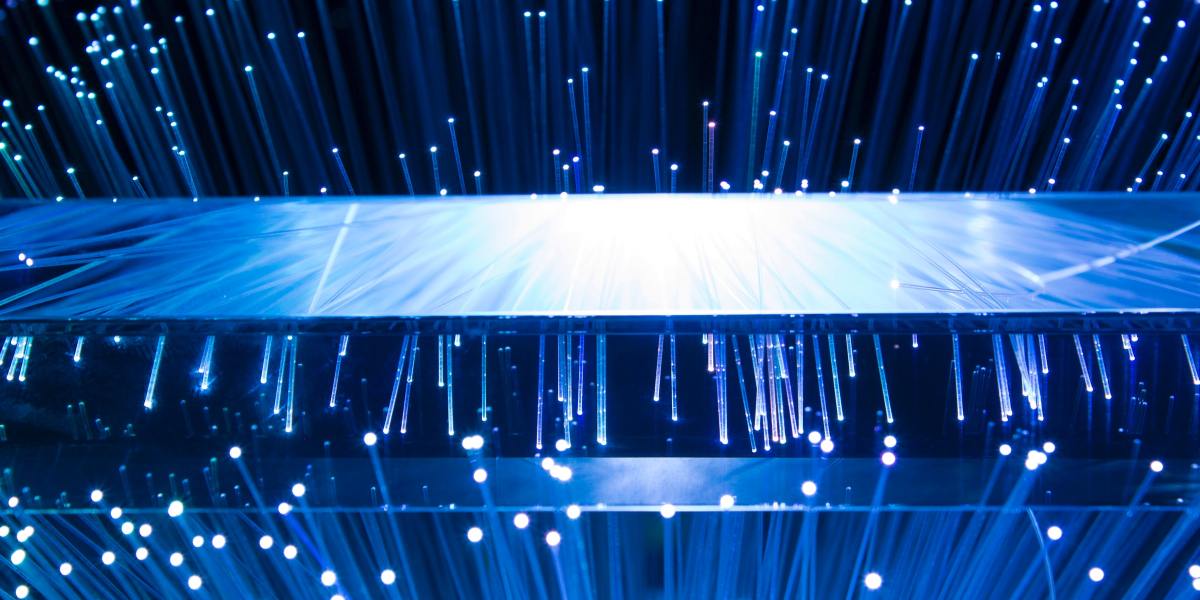The key to getting more value from industrial internet of things (IIoT) and IoT platforms is getting AI and machine learning (ML) workloads right. Despite the massive amount of IoT data captured, organizations are falling short of their enterprise performance management goals because AI and ML aren’t scaling for the real-time challenges organizations face. If you solve the challenge of AI and ML workload scaling right from the start, IIoT and IoT platforms can deliver on the promise of improving operational performance.
Copyright by venturebeat.com
 Overcoming IoT’s growth challenges
Overcoming IoT’s growth challenges
More organizations are pursuing edge AI-based initiatives to turn IoT’s real-time production and process monitoring data into results faster. Enterprises adopting IIoT and IoT are dealing with the challenges of moving the massive amount of integrated data to a datacenter or centralized cloud platform for analysis and derive recommendations using AI and ML models. The combination of higher costs for expanded datacenter or cloud storage, bandwidth limitations, and increased privacy requirements are making edge AI-based implementations one of the most common strategies for overcoming IoT’s growth challenges.
In order to use IIoT and IoT to improve operational performance, enterprises must face the following challenges:
- IIoT and IoT endpoint devices need to progress beyond real-time monitoring to provide contextual intelligence as part of a network. The bottom line is that edge AI-based IIoT / IoT networks will be the de facto standard in industries that rely on supply chain visibility, velocity, and inventory turns within three years or less. Based on discussions VentureBeat has had with CIOs and IT leaders across financial services, logistics, and manufacturing, edge AI is the cornerstone of their IoT and IIoT deployment plans. Enterprise IT and operations teams want more contextually intelligent endpoints to improve end-to-end visibility across real-time IoT sensor-based networks. Build-out plans include having edge AI-based systems provide performance improvement recommendations in real time based on ML model outcomes.
- AI and ML modeling must be core to an IIoT/IoT architecture, not an add-on. Attempting to bolt-on AI and ML modeling to any IIoT or IoT network delivers marginal results compared to when it’s designed into the core of the architecture. The goal is to support model processing in multiple stages of an IIoT/IoT architecture while reducing networking throughput and latency. Organizations that have accomplished this in their IIoT/IoT architectures say their endpoints are most secure. They can take a least-privileged access approach that’s part of their Zero Trust Security framework. […]
Read more: venturebeat.com


The key to getting more value from industrial internet of things (IIoT) and IoT platforms is getting AI and machine learning (ML) workloads right. Despite the massive amount of IoT data captured, organizations are falling short of their enterprise performance management goals because AI and ML aren’t scaling for the real-time challenges organizations face. If you solve the challenge of AI and ML workload scaling right from the start, IIoT and IoT platforms can deliver on the promise of improving operational performance.
Copyright by venturebeat.com
More organizations are pursuing edge AI-based initiatives to turn IoT’s real-time production and process monitoring data into results faster. Enterprises adopting IIoT and IoT are dealing with the challenges of moving the massive amount of integrated data to a datacenter or centralized cloud platform for analysis and derive recommendations using AI and ML models. The combination of higher costs for expanded datacenter or cloud storage, bandwidth limitations, and increased privacy requirements are making edge AI-based implementations one of the most common strategies for overcoming IoT’s growth challenges.
In order to use IIoT and IoT to improve operational performance, enterprises must face the following challenges:
Read more: venturebeat.com
Share this: